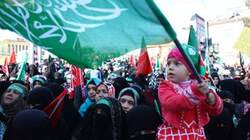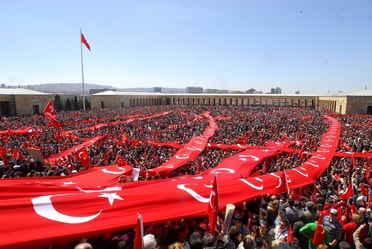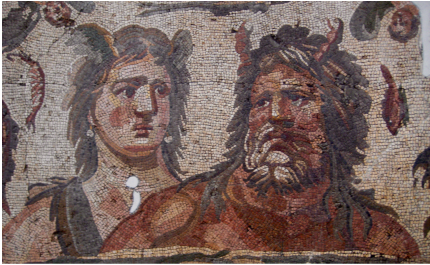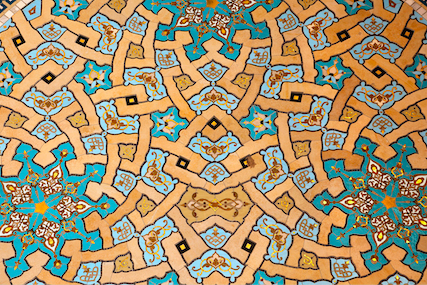Research
My research lies at the intersection of politics and culture. Specifically, I study the struggles between the state and non-state actors over culture as a site and resource for political control and social identity. Through the domains of religion, ethnicity, and citizenship, I examine how individuals, movements, and bureaucracies compete with one another to impose particular notions of reality, to demarcate boundaries of common sense, and to circumscribe alternatives. In three interrelated research fields:
- I focus on the mechanisms through which movements leverage cultural production to create socio-political change.
- I analyze ethnic hierarchies and modes of citizenship in multicultural societies.
- I interrogate sites of learning and pedagogy that entrench certain subjectivities over others.
Religion and Politics
My current research looks at the relationship between religion and political mobilization. I am particularly interested in how religious social movements shape individuals’ subjectivity in order to achieve sociopolitical change. I am currently pursuing this research agenda through four interrelated projects. First, my book project investigates Islamists' efforts to implement a gradual project of sociopolitical Islamization in Turkey since the late 1970s. A second project studies the relationship between secularism and religious revivalism within the institutional context of nation-states. A third project examines the organizational responses movements develop to maintain mobilization under adverse conditions. A fourth paper draws on the theoretical portion of the book manuscript to advance a culturally informed theory of mobilization. Various article manuscripts produced from these lines of research are published or in progress.
My current research looks at the relationship between religion and political mobilization. I am particularly interested in how religious social movements shape individuals’ subjectivity in order to achieve sociopolitical change. I am currently pursuing this research agenda through four interrelated projects. First, my book project investigates Islamists' efforts to implement a gradual project of sociopolitical Islamization in Turkey since the late 1970s. A second project studies the relationship between secularism and religious revivalism within the institutional context of nation-states. A third project examines the organizational responses movements develop to maintain mobilization under adverse conditions. A fourth paper draws on the theoretical portion of the book manuscript to advance a culturally informed theory of mobilization. Various article manuscripts produced from these lines of research are published or in progress.
Ethnicity and Citizenship
How can ethnic boundaries survive despite nationalist and assimilationist state policies? I address this question in an article published in Theory and Society. Based on an ethnographic study of ethnic boundaries in the ethno-religiously heterogeneous city of Antakya, a city along the Syrian border in southern Turkey, this research found that informal regulation of the inter-ethnic sexual market can maintain boundaries when formal state institutions not only ignore but also discourage their reproduction.
I currently completed another project (with Matthias Koenig) on the politics of minority rights that is published at Qualitative Sociology. The article examines conditions for resonance of global scripts among ordinary people. It draws on longitudinal qualitative fieldwork I conducted over an 11-year span and multiple types of data collected in three waves (2004, 2007, and 2015) in Antakya. Specifically, we found that global diversity scripts do not match local repertoires of diversity in Antakya—or cultural schemas of perceiving and reproducing ethnic boundaries—due to a deep-seated ambivalence among ordinary people to the category of “minority.” This mismatch, in turn, weakens popular support for substantial policy reforms advancing minority rights.
Learning and Pedagogy
Another line of my research focuses on the competition between the state and non-state actors to utilize sites of pedagogy to entrench certain subjectivities over others in the service of broader political goals. With Sharif Hassan, a former NYUAD student, I published an article on this topic, “Meaning of a Textbook,” in Nations and Nationalism in 2021, wherein we coded and analyzed 1,500 pages of high school Islamic education textbooks to analyze curricular reforms as a site of domestic and international contestations since the 9/11 attacks. We found that the reformed curriculum is used as a pedagogic tool by the UAE government to advance a myriad of policy objectives, ranging from strengthening national identity against subnational loyalties to rebranding the state’s international image. Currently, we are extending this research to the realm of the UAE’s vision for change through education, employment, and economic development.



